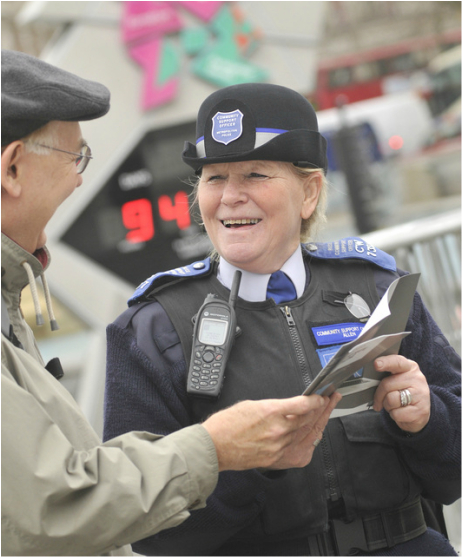Following a two year trial by the London Metropolitan Police on using Live Facial Recognition (LFR) in their communities – the London Policing Ethics Panel has produced this final report..
Here’s the link so you can read it for yourself (its straightforward language and fascinating content makes it a feasible read)
http://www.policingethicspanel.london/uploads/4/4/0/7/44076193/lfr_final_report_-_may_2019.pdf
And here are some of the parts that particularly interested me or chimed a note:
On the ‘chilling’ effect of LFR
We also asked survey participants whether they would be likely to stay away from events where LFR would be in use (a so-called ‘chilling effect’). Overall fewer than one in five respondents thought that they might stay away from events, but there was significant variation across sociodemographic variables. Younger people were much more likely to say they would stay away from LFR monitored events – 38% of 16-24 year olds compared to 10% of those aged 55 and over – as were people from Asian, Black and Mixed ethnic groups.
Additionally, it should be noted that in our interviews some commented that they would be more likely to attend LFR monitored events, as they would feel safer. p7
On the conditions that should be met in the use of LFR
LFR should only be deployed where the following five conditions can be met.
- It can be shown that the use of LFR offers more than marginal benefit to the public, sufficient to compensate for the potential distrust it may invoke.
- It can be shown from trial data (and other available data) that the technology itself will not import unacceptable gender and racial bias into policing operations.
- Controls on use are sufficiently robust to ensure that each LFR deployment is appropriately assessed and authorised, when it is judged both necessary and proportionate to use it for a specific policing purpose.
- It can be shown that human operators will be knowledgeable about the potential injustices that may be caused by an inappropriate response to identification alerts, that they know how to avoid these, and are accountable for their actions.
- MPS and MOPAC develop robust governance and oversight arrangements that balance the technological benefits of LFR with their potential intrusiveness. These should meet the Home Office Biometrics Strategy’s requirement for transparency, take into account guidance from the Surveillance Camera and Biometric Commissioners, and compensate for the limited powers of the Surveillance Camera Commissioner to inspect, audit or enforce compliance. p11. (those are my bold highlights)
On the inherent unknowingness of the impact of new technologies
“The use of LFR technology is in its infancy in UK policing. There are currently significant limitations in terms of how and where LFR might be used, and therefore the types of outcomes it might produce. But it is a defining characteristic of new technologies that their eventual reach is unpredictable, a characteristic which makes ethical assessment particularly challenging. We sought to be realistic in our ethical assessment by grounding it in LFR’s current capabilities, whilst also being attentive to the benefits and harms associated with a more highly developed version of the technology. Overestimating future benefits and harms “may well lead to a focus on scenarios that are morally thrilling but very unlikely” (Van de Poel, 2016) but some degree of ethical imagination is imperative. When novel technology is introduced it is relatively uncontrolled and its uses experimental, so it is hard to gauge its impact. By the time a technology is more established, it may be too difficult to halt its use irrespective of harms or negative effects. (Collingridge, 1982)”
p17 (again, my bold highlights)











